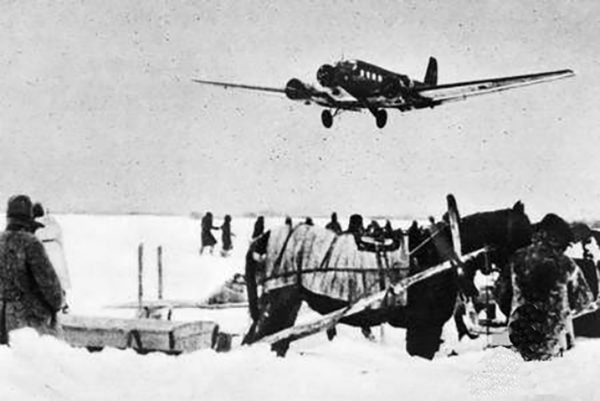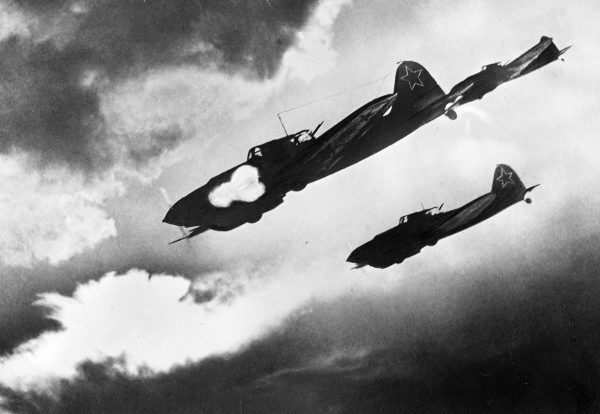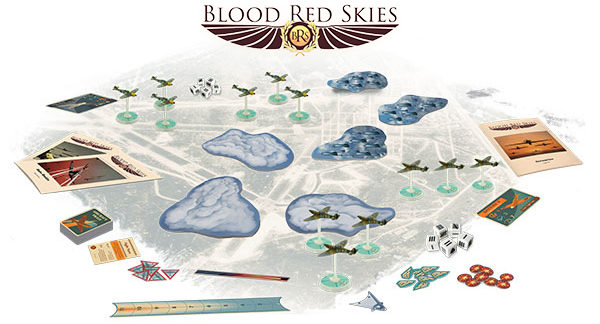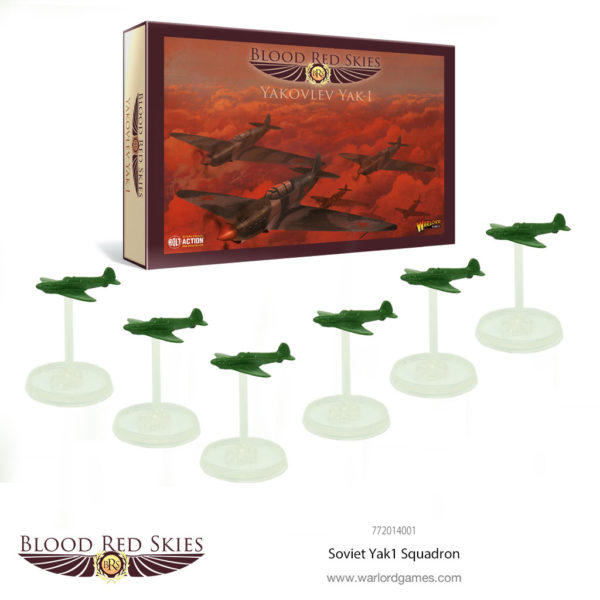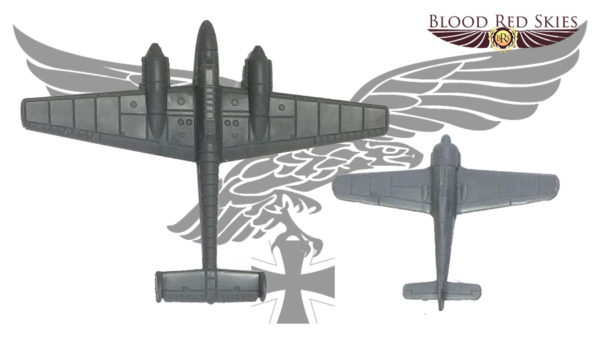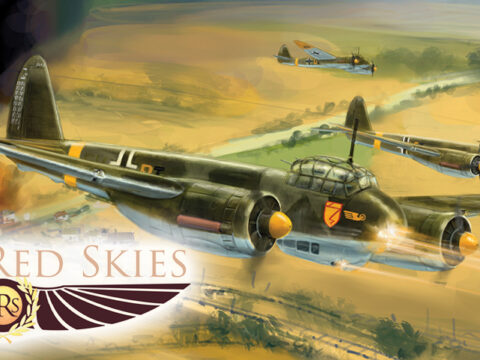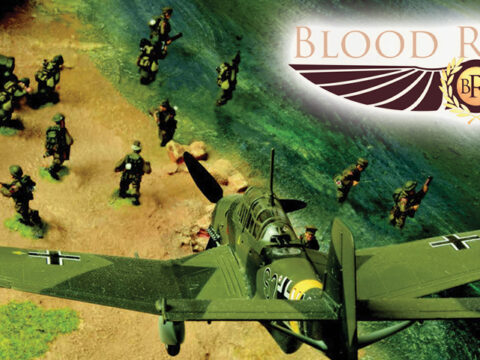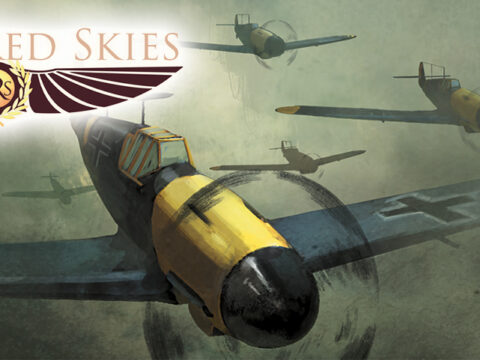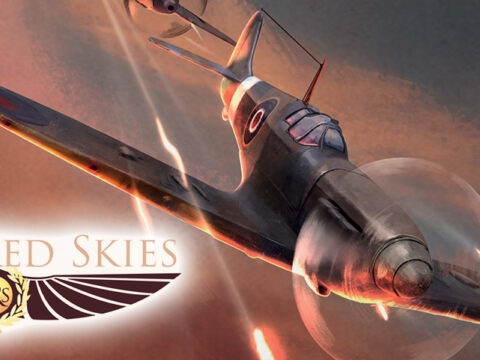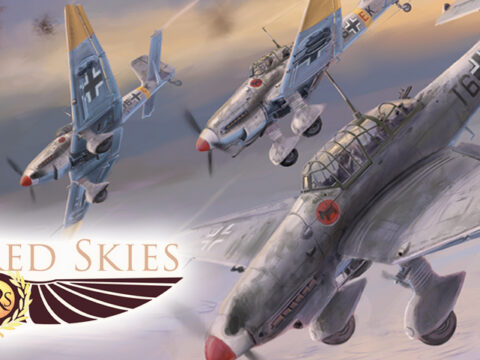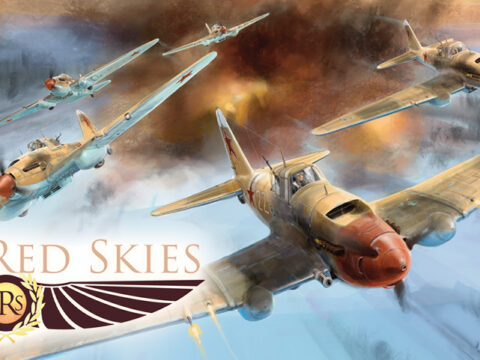To go with today’s special, we’re taking a look at the war in the air in the wintry Skies over Stalingrad!
Operation Uranus
As winter closed in around the besieged city of Stalingrad, the desperate struggle for control of the city had entered its final stages. The German army had been completely encircled following the success of the Soviet offensives as part of Operation Uranus.
It was decided that the Luftwaffe would resupply their encircled counterparts by air, supposedly delivering 680 tonnes of supplies every single day.
This herculean task would be accomplished by only 500 transport aircraft of various types. It will come as no surprise that the Luftwaffe failed to meet their obligations, and the German forces trapped in the city began to run short of food and ammunition.
The Luftwaffe‘s failure was compounded by the resurgence of the Soviet Air Force, now re-equipped with modern fighter and ground-attack aircraft. The nimble Yak-1 was supplemented by better-armed Yak-7s and Yak-9s, along with a whole swathe of American and British aircraft supplied through the Lend-Lease programme.
In the summer of 1941, during Operation Barbarossa, the Luftwaffe had enjoyed complete air superiority, massacring Soviet aviation on the ground. A year and a half later, the tables had turned and the Luftwaffe were on the back foot.
Operation Little Saturn
Having successfully encircled the German army during Operation Uranus, and blunted Manstein’s counter-attack, the Soviets launched a massive counter-offensive across the whole front, with the aim of driving the Germans back across the Caucauses.
In support of this offensive, the Soviet air force amassed 400 aircraft of various types, ranged against approximately 500 Axis aircraft.
Effective use of Soviet airpower is credited as one of the main reasons the operation succeeded. Soviet fighters were able to force German bombers away from the ground units, while their own ground-attack aircraft blunted German counter-attacks before they could get started.
From the spring of 1943 onwards, Soviet aviation would rule the skies over the eastern front.
Soviet Aviation in Blood Red Skies
The aerial duels over Stalingrad and the subsequent counter-offensives to break the Wehrmacht’s back are perfect for games of Blood Red Skies.
As something like 12% of Soviet air power was provided by Lend-Lease aircraft, you may have the necessary planes to begin flying operations immediately!
With a quick change of livery, you could have the Spitfires from your starter set ready to fly in defence of the Motherland against the prowling Bf109s of Luftflotte 4.
Adding some boxes of Yak-1s and Hurricanes to your Spitfires will add some tactical variety, allowing you to customise your squadron to suit your playstyle.
Luftwaffe players should keep their eyes on the skies for incoming reinforcements early 2019…

